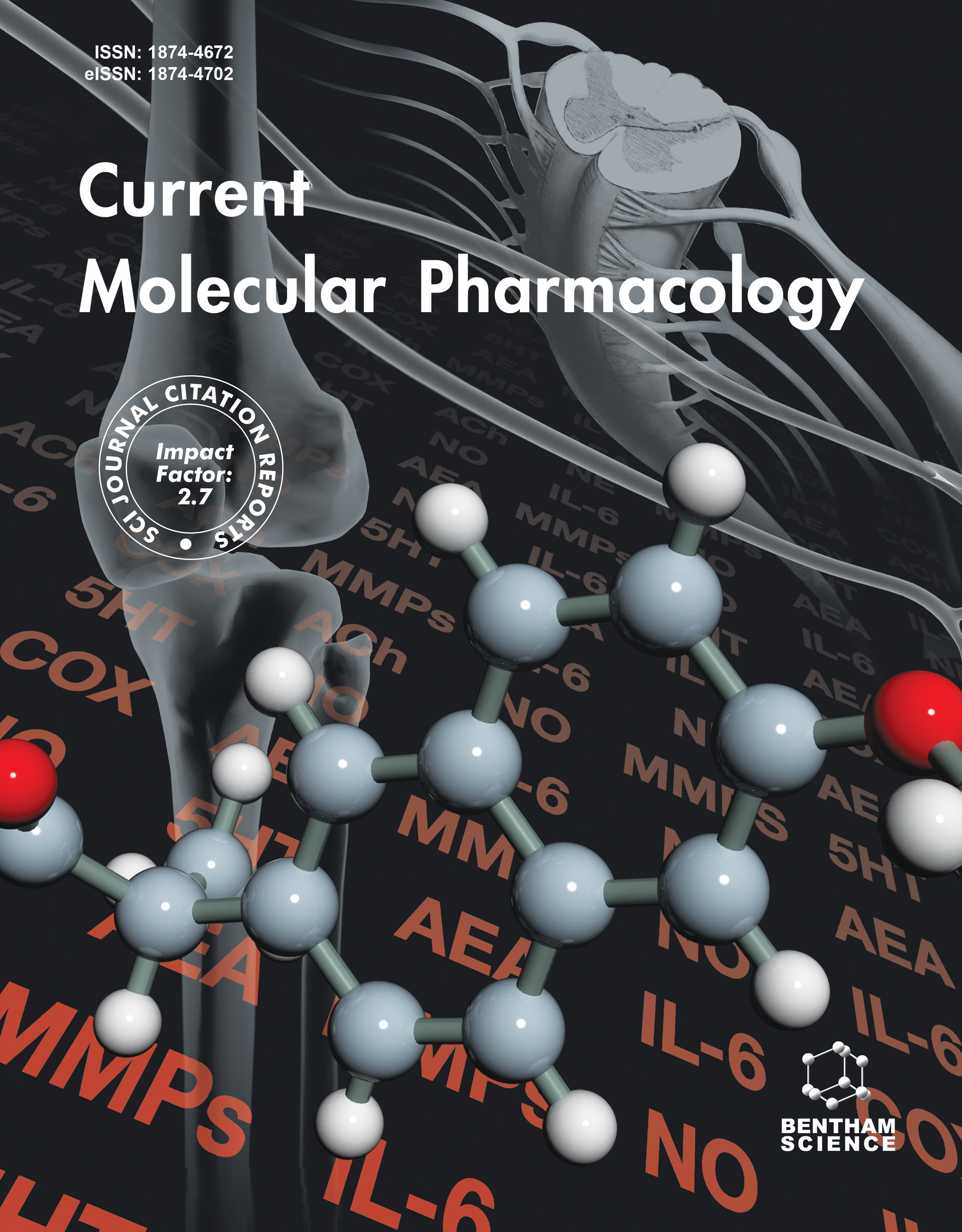-
oa RBM3 Inhibits the Cell Cycle of Cutaneous Squamous Cell Carcinoma through the PI3K/AKT Signaling Pathway
- Source: Current Molecular Pharmacology, Volume 17, Issue 1, Jan 2024, e18761429323760
-
- 14 May 2024
- 20 Jun 2024
- 01 Jan 2024
Abstract
RBM3 is a key RNA-binding protein that has been implicated in various cellular processes, including cell proliferation and cell cycle regulation. However, its role in cutaneous squamous cell carcinoma (cSCC) remains poorly understood.
We aimed to investigate the expression levels of RNA-binding motif protein 3 (RBM3) in patients with cSCC and evaluate its effect on cell ability in cSCC and its underlying regulatory mechanisms.
The expression of RBM3 in cSCC tissues and A431 cells was determined via immunohistochemistry and western blotting. Plenti-CMV-RBM3-Puro was used to overexpress RBM3. The effect of RBM3 on the proliferation ability of cSCC cells was evaluated using MTT and colony formation assay. Cell apoptosis and cell cycle were determined using flow cytometry, while the protein expressions of BAX, NF-κB, BCL2, CASPASE 3, CYCLIN B, CYCLIN E, CDK1, phosphorylated (P)-CDK1, CDK2, P-CDK2, ERK, P-ERK, P-AMPK, AKT, P-AKT, MDM2, and P53 were assessed using western blotting.
RBM3 expression was significantly downregulated in cSCC tissues and A431 cells. RBM3 overexpression significantly inhibited the cell proliferation and colony formation ability of A431. Notably, RNA-seq results showed that the differentially expressed genes associated with RBM3 were primarily involved in the regulation of the cell cycle, oocyte meiosis, and P53 signaling pathway, as well as the modulation of the MAPK, AMPK, Hippo, mTOR, PI3K/AKT, Wnt, FoxO, and NF-κB signaling pathways. Additionally, our findings demonstrated that overexpression of RBM3 inhibited cell proliferation and induced cell cycle arrest of cSCC through modulation of the PI3K/AKT signaling pathway.
This study provides novel insights into the suppressive roles of RBM3 in cell proliferation and the cell cycle in cSCC and highlights its therapeutic potential for cSCC.


